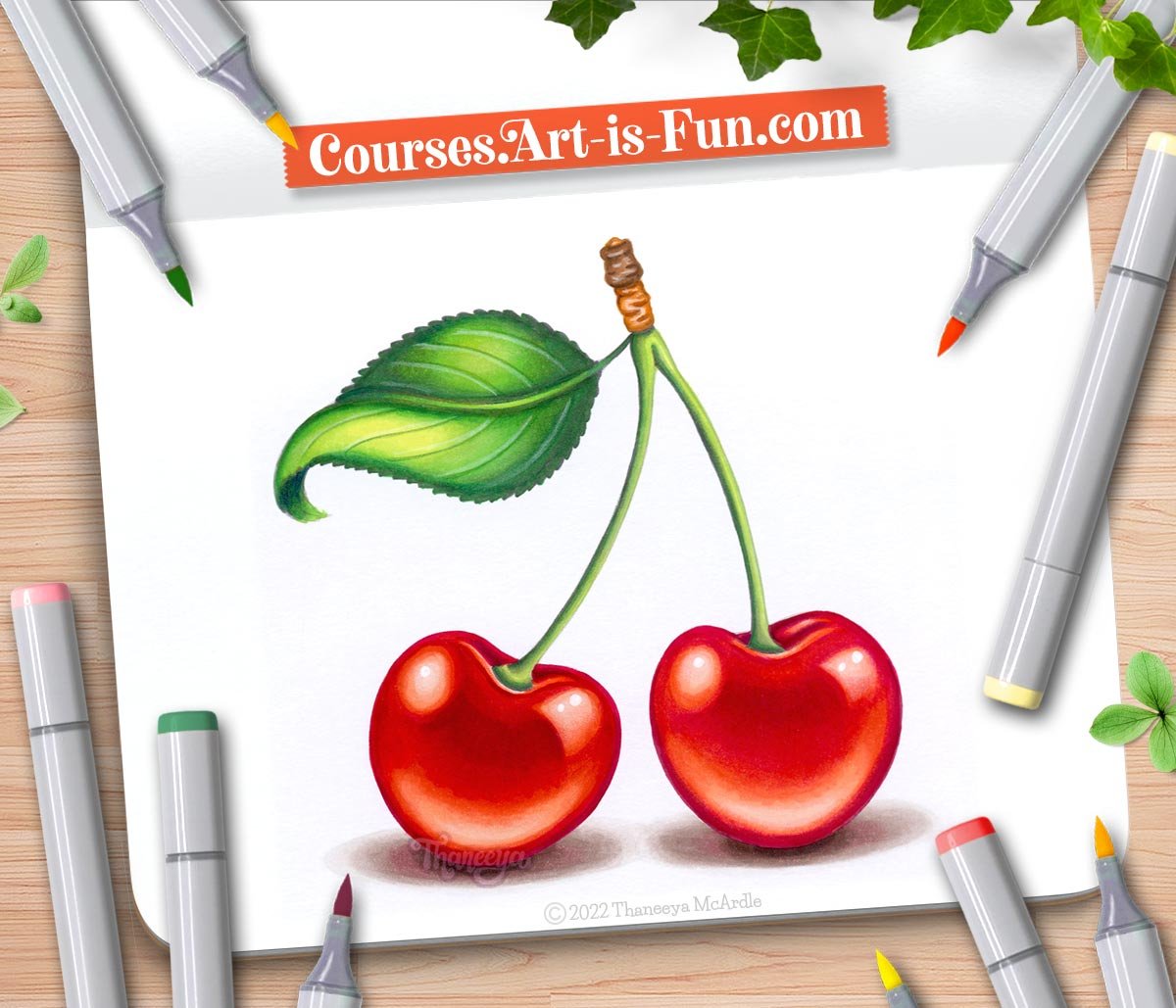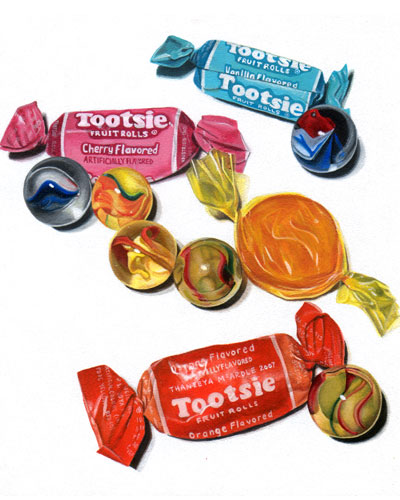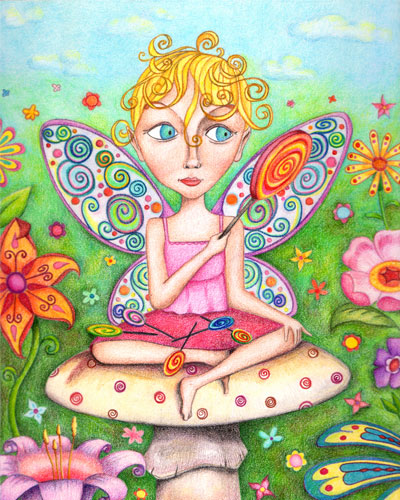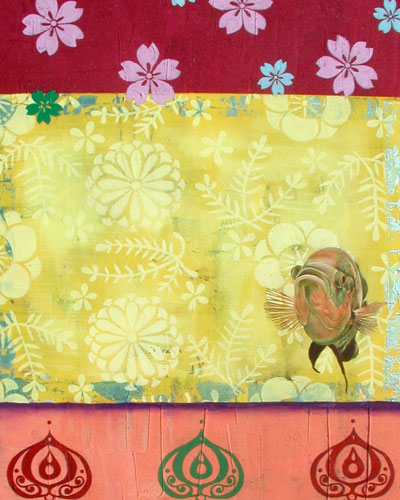explore art styles
Art styles describe the way the artwork looks. Style is basically the manner in which the artist portrays his or her subject matter and how the artist expresses his or her vision.
Style is determined by the characteristics that describe the artwork, such as the way the artist employs form, color, and composition, to name just a few. Another important factor in determining the style of an artwork is to examine the way the artist handles the medium, taking into account the method or technique that the artist uses. An additional aspect of art styles is the philosophy or driving force behind the artwork. All of these stylistic elements are defined by the choices artists make as they compose their artwork.
Art Style vs Art Movement
Artworks that have certain features in common are considered to have the same style. Sometimes this means that they are part of the same movement, but not always. The concept of "movements" in art is usually linked to a specific time (and sometimes place) in history. For instance, there are painters today who still paint in an Impressionistic manner, embracing the concepts that first defined Impressionism in the 19th century. However, because they are contemporary artists who are inspired by the Impressionists, they are not really part of the original "Impressionist movement" as it exists in historical terms. Although art styles can be resurrected from the past, the movement itself is still anchored in its original position on the art history timeline.
Personal art style
Within all this, each artist has his or her own personal art style, which is developed throughout his or her lifetime. An artist's style can change and adapt as the artist grows as both an artist and as a person. Beginning artists often emulate (copy) the styles of artists that they admire. At first this can be beneficial in order to get one's feet wet and will help develop an understanding of how to create different types of art. However, it is very important that beginning artists focus on developing their own style, and find their own unique way of expression. An artist's personal style usually progresses as the artist gains more confidence through experience, expands their database of knowledge, and acquires more skill with the materials.
Do you have to stick to just one art style?
Artists can work in many different styles. In the past, artists were usually expected to create art in whatever predominant fashion was popular at the time. Now, artists have much more freedom to work as they choose. While it is perfectly okay to work in a variety of styles, it is generally best to focus on the ones(s) you like best, in order to fully develop your artistic potential within that style. Dabbling with different styles is a great way to experiment, but to really flourish as an artist, you need to focus on a style or two that you feel really allows you to express your inner vision.
Learn about various art styles
In this website, we'll explore four of the main styles that I work in: photorealism, abstract, whimsical, and composite (combined styles). In time, I will add more information about other artistic styles, but for now we'll focus on the four styles that I am most familiar with, in both theory and practice.
Click on one of the images below to learn more!
Photorealism
Photorealism is an extremely realistic form of painting or drawing, in which the artwork is based on a photograph
Abstract
Abstract art is non-objective, non-representational art that does not seek to replicate objects from real life











